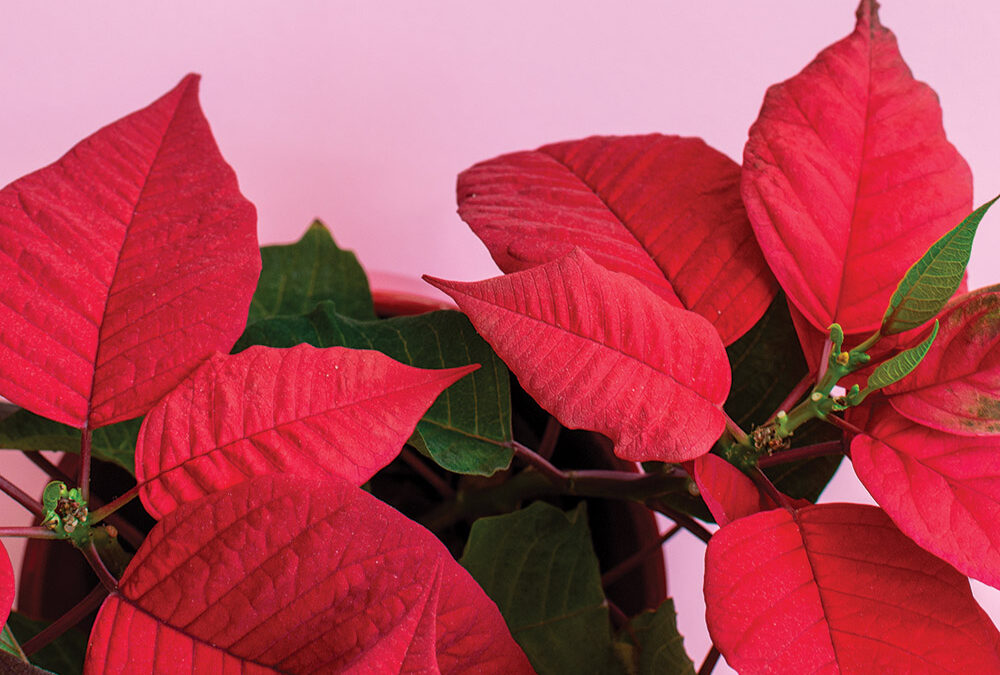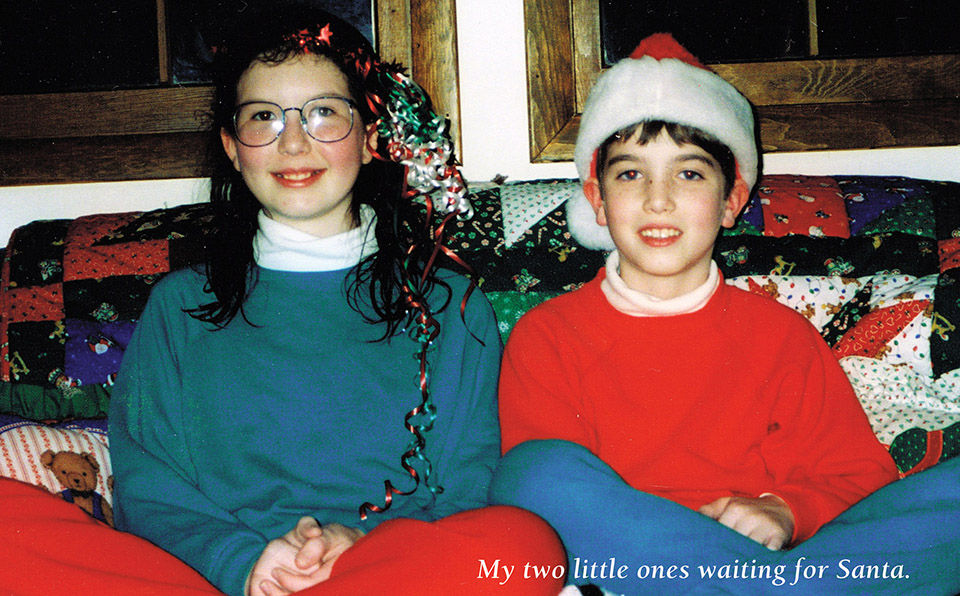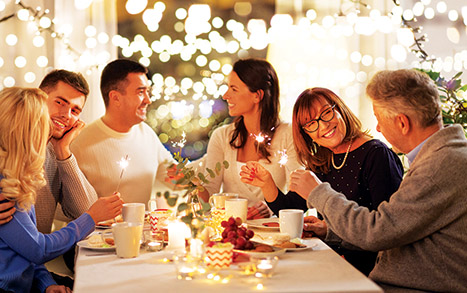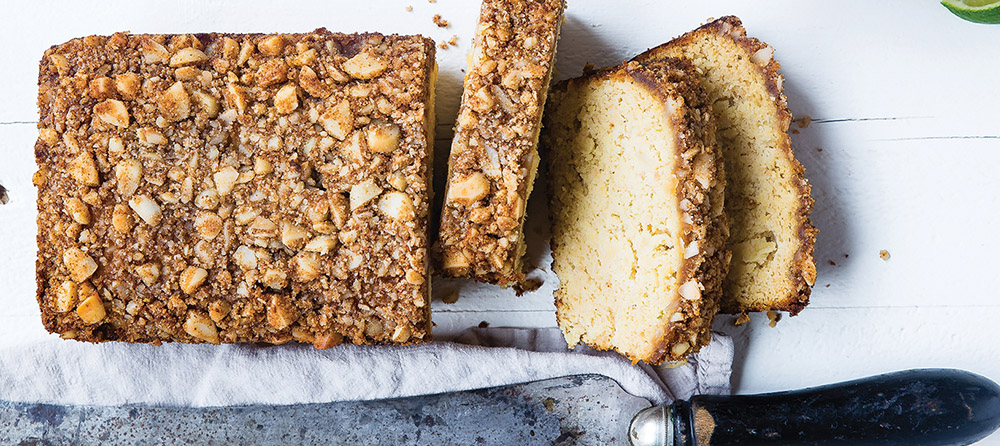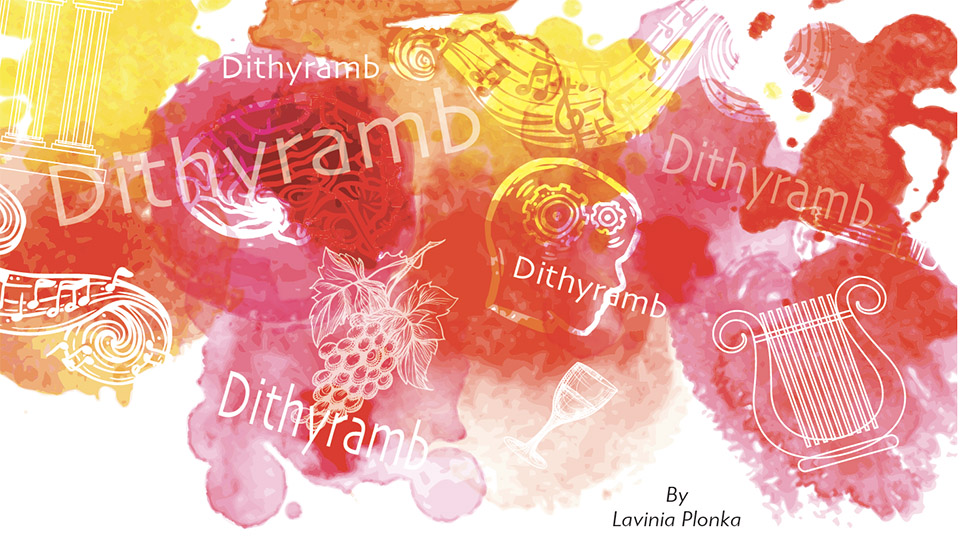By Cheri Torres
Holiday season brings joyful expectations. It is also often accompanied by stress and anxiety. Paying attention to your interactions and intentionally fostering a positive tone and direction can go a long way toward making sure your holidays stay fun and happy.
Watch that Non-Stop Inner Dialogue
This is a time of year to intentionally watch your conversations. Make sure they’re worth having. Begin with the conversations you’re having with yourself. Is your internal dialogue fueling stress and anxiety? If you’re fretting, worrying, imagining what might go wrong, the answer is yes. Those kinds of inner conversations heavily influence what actually happens. Here’s how: Biologically, these conversations trigger the release of “stress hormones”: Cortisol, norepinephrine, and testosterone are the three major ones. This biochemical soup preps our fight or flight response. The bigger the dose, the bigger the response. This, in turn:
• Increases our heart rate
• Increases our blood pressure
• Suppresses our immune system
• Decreases access to the brain’s prefrontal lobe and neocortex, which means limited access to emotional intelligence, creativity, and higher order thinking. It influences perception, even affecting our ability to hear and see accurately.
When we’re primed in this way, we often over-react, misjudge, misunderstand, respond aggressively, snap, and make bad decisions. Such stress leads to over-eating and drinking, which in turn, inhibits a good night’s sleep, adding to our stress. All our fears
and anxieties become self-fulfilling prophecies.
What to do?
Pay attention to those internal conversations.
Stop the inner critic and negative voice in three steps:
Pause, breathe, and get curious.
Pause. When you pause, you step back for a moment. In stepping back, you have the opportunity to recognize you are not your thoughts and inner comments. You are simply having them, which means you can choose to have different thoughts.
Breathe. Take a few deep belly breaths. This too gives you distance from the thoughts and it has a calming effect on the nervous system, giving you just enough space to ask a question.
Get Curious. This is how you begin to shift your thinking. Ask yourself a few generative questions, one’s that help you shift your thinking:
• Am I tired? Hungry?
Overwhelmed? What do I need right now?
• What do I want to happen?
• What assumptions am I making?
• What can I do to influence what actually happens?
• Are my beliefs about a situation true? Am I sure? Absolutely sure?
• What’s really important right now?
• Who might help? What might I ask for?
• What might be going on for the other person? What else might explain their behavior?
Curiosity naturally shifts your brain chemistry. Just asking questions like these and sincerely entertaining them, will loosen the grip that stressful thinking has. Pay attention to the new thinking that emerges. Watch for opportunities to ask questions that create compelling positive images of what you would like to have happen, such as opportunities for real connection, a focus on love and care, or dinner conversations that inspire and connect everyone.
Conversations at Family Gatherings
Speaking of dinner conversations. Conflicting views on politics can turn an otherwise happy occasion into an acid stomach and a “Thank goodness that’s over for another year!” experience. This year try something different. Instead of attempting to make sure touchy topics don’t arise, pause, breathe and get curious. While everyone else is still holding their breath, turn that controversial comment into a conversation worth having by asking questions. Ask generative questions: questions that shift the way people think, deepen understanding and connection, and shine the light on the thinking and feeling behind the comment. Regardless of who says it or which side of the political arena they are on, you can invite them to go deeper. If someone offers a bold and profound statement about one party or the other, or some event, come from a place of genuine curiosity:
• What makes you think that?
• What do you think is really go on?
• What do you think is in the best interests of our country?
• What’s most important to you in all of this and why?
• How might we find a pathway forward that unites us?
• Where do you get your information and how do you fact check? How can we know if our fact checker is legit?
• Underneath all of this, what are we really most afraid of or concerned about?
• If you were in charge, what would you do?
Each of these questions might be answered by multiple people leading to a discussion that just might turn into a conversation worth having.
Alternatively, start your own conversations about what’s important at the local level. People might have controversial answers, but you can frame the conversations in ways that allow you to keep coming back to an outcome that works for everyone. When objections are raised, return to, “Yes, but what if we could . . .. Imagine that . . . How might we . . .”
May your holidays be filled with joy and opportunities to continuous move towards connections and
outcomes that work for all of us.

